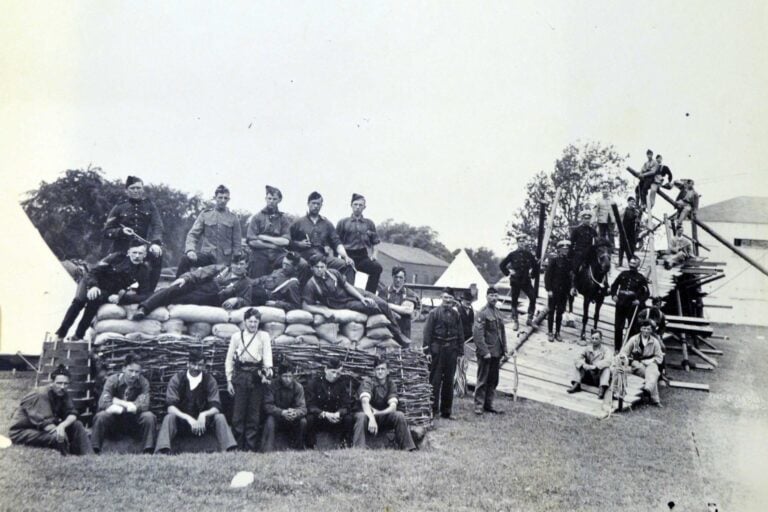For several weeks now we have been considering the issues facing our towns and cities to build affordable housing in a form that is human scaled and supports livability.
Decades of car-centric development have created sprawling urban deserts and sterile island towers, which may house people but at the cost of community. Moreover, this model of development is at the expense of the financial health of the city (or town) that has been built out.
I have driven through city after city in North America on roads that are cracked, patched and have seen much better days.
Not a week goes by without hearing from one mayor or another talking about municipal budgets, which seem to have chronic shortfalls requiring either spending cuts or cash injections from other levels of government.
Since this is an endemic problem shared by the majority, it is unlikely that its cause can be completely laid at the feet of municipal government incompetence and/or irresponsible spending.
For some time, I have suspected there is something fundamentally wrong with the typical revenue generation model employed by our cities and towns.
Here and there over the last couple of decades I have seen data from studies on individual cities that pointed to the root problem, but until very recently I’d been missing an address directed toward the “big” picture.
A week ago that changed when a good friend of mine sent me a link to a presentation by Patreon entitled “Suburbia is Subsidized” (available on YouTube) in which the data and conclusions from multiple studies are brought together in a very compelling argument.
In short, it conclusively illustrates that residential suburbs developed after 1960 are a net loss against city expenses (per acre infrastructure/services cost significantly more than tax revenues generated).
While car-centric retail (malls, big-box power centres and the like) contribute less than six per cent of the revenues generated by medium-density retail/commercial in a form typical of the Main Street in most towns and cities. In fact, car-centric retail is also a net loss lodged against municipal budgets.
What I find truly fascinating is that low-density mixed-use (retail/residential) buildings, such as this column suggested last week, actually contribute nearly five times more to municipal coffers on a per acre basis than car-centric retail developments.
And, when these low density mixed-use buildings are compared to residential suburbia, one finds a revenue stream of nearly $4,000 more per acre.
Given these numbers is it any real surprise that, after receiving the results of their own study in 2013, the City of Guelph elected to drastically curtail the rapacious outward expansion of its suburbs and support in-fill construction, particularly of mixed-use buildings.
To be clear, I am not ringing the bell to suggest that all single-family residential building in NOTL be halted. There is a demographic for these homes which should be satisfied.
On the other hand, there is a significant demand (perhaps larger than that for the single house on a big lot) for low- or no-maintenance dwellings in walkable, livable community environs.
Further, there is absolutely no harm in allowing the establishment of commercial endeavours off of Queen Street, Niagara Stone Road, Four Mile Creek Road, etc.
Having a few art galleries, cafes or shops in other locations around Niagara-on-the-Lake’s communities would benefit the residents while encouraging a more immersive visitor experience. To say nothing about our ability to manage the context of development within our streetscapes.
All this and higher municipal revenues, too. It’s worth considering.











